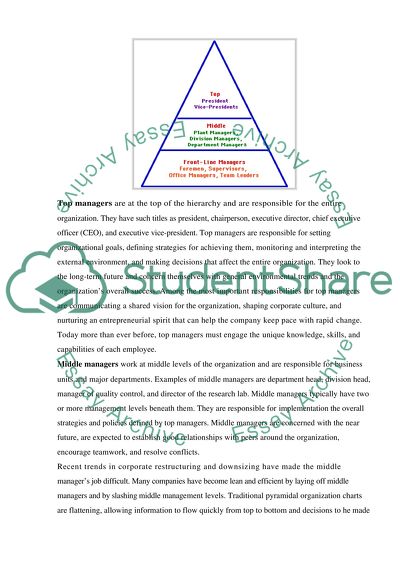Cite this document
(“The Attributes that makes the Best Corporations Essay”, n.d.)
The Attributes that makes the Best Corporations Essay. Retrieved from https://studentshare.org/miscellaneous/1501259-the-attributes-that-makes-the-best-corporations
The Attributes that makes the Best Corporations Essay. Retrieved from https://studentshare.org/miscellaneous/1501259-the-attributes-that-makes-the-best-corporations
(The Attributes That Makes the Best Corporations Essay)
The Attributes That Makes the Best Corporations Essay. https://studentshare.org/miscellaneous/1501259-the-attributes-that-makes-the-best-corporations.
The Attributes That Makes the Best Corporations Essay. https://studentshare.org/miscellaneous/1501259-the-attributes-that-makes-the-best-corporations.
“The Attributes That Makes the Best Corporations Essay”, n.d. https://studentshare.org/miscellaneous/1501259-the-attributes-that-makes-the-best-corporations.


